Brockmccrory
Rough_Rock
- Joined
- Sep 9, 2019
- Messages
- 12
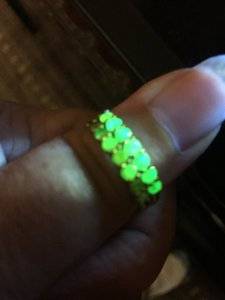 I’m not sure why or how you are heating them? True Chameleon diamonds change colour for a short time due to either deprivation of a light source for 24 hours plus or upon heating but aren’t necessarily more valuable because of that attribute.
I’m not sure why or how you are heating them? True Chameleon diamonds change colour for a short time due to either deprivation of a light source for 24 hours plus or upon heating but aren’t necessarily more valuable because of that attribute. 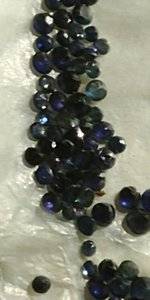 The color is unlike anything over seen before.
The color is unlike anything over seen before. 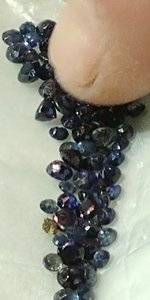
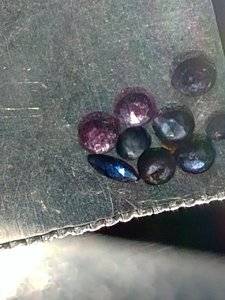 years ago they would have spent the time to cut common saphires down into marquis cut shapes, then nuns would have hidden these marquis and other common diamond shaped cut "saphires" in a cache in between some bricks in their living quarters? I dont buy I. I thought the same until I had them tested with a diamond tester, all tested positive, and I heated them up to over 1000⁰ 3 or 4 times and dropped them into a cup of ice cold water. A couple shattered because several are heavily included, but most, including the pinks, survived the tests over and over. Any opinions on this?
years ago they would have spent the time to cut common saphires down into marquis cut shapes, then nuns would have hidden these marquis and other common diamond shaped cut "saphires" in a cache in between some bricks in their living quarters? I dont buy I. I thought the same until I had them tested with a diamond tester, all tested positive, and I heated them up to over 1000⁰ 3 or 4 times and dropped them into a cup of ice cold water. A couple shattered because several are heavily included, but most, including the pinks, survived the tests over and over. Any opinions on this? 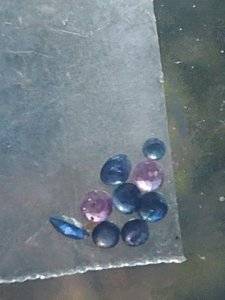
can you give me some info on saphires and let m know if they will act the same as these stones haveIf you don't believe us, then fine. That's your prerogative. But posting about it continuously won't make us think these are diamonds.
No idea what will happen with heating and cooling of sapphires, but they are a hardness of 9. You should look up info on sapphires. If anything, these stones are sapphires or heavily treated diamonds.can you give me some info on saphires and let m know if they will act the same as these stones have

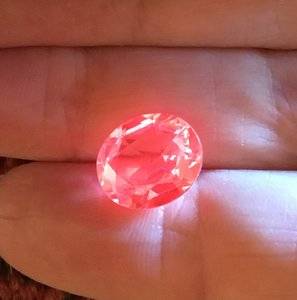
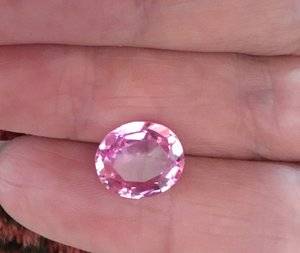 Heating gems and then plunging them into cold water isn’t a way out of identifying them.
Heating gems and then plunging them into cold water isn’t a way out of identifying them.Depends on the type of zoning he was talking about, I think. But again, the chances that you just randomly found hugely valuable colored diamonds is approximately zero.I went to a gia gemologist in Covington la. He looked at the stones and said that the stones are very old. (Not sure how he knew that, maybe the cut) however he then said that the stones exhibit color zoning so they cant be diamonds. This is absolutely untrue. Fancy colored diamonds do exhibit color zoning, dont they?